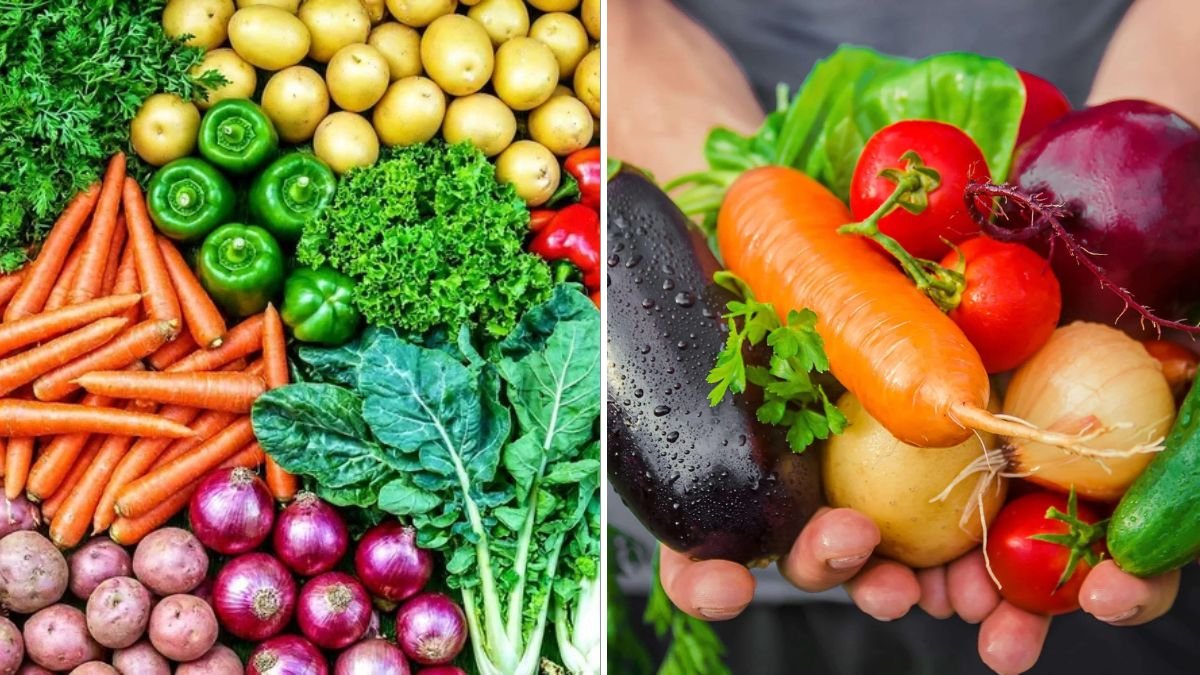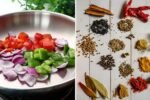Maximize Your Harvest and Enjoy Fresh Veggies All Year Long
Gardening enthusiasts and home growers know the joy of harvesting fresh vegetables right from their garden. But what if your harvest could last all season long, without constant replanting? That’s the magic of growing vegetables that keep producing throughout the growing season.
Whether you have a sprawling backyard garden, a small urban plot, or even containers on a balcony, choosing the right vegetables can mean continuous yields of fresh produce—sometimes for months! This not only maximizes your garden’s productivity but also saves you time, effort, and money.
In this article, we’ll dive into six vegetables that are renowned for their continuous production. We’ll cover their growing requirements, tips for maximizing yield, and how to keep your plants healthy and productive all season long.
1. Leafy Greens: Lettuce, Spinach, Kale & Swiss Chard
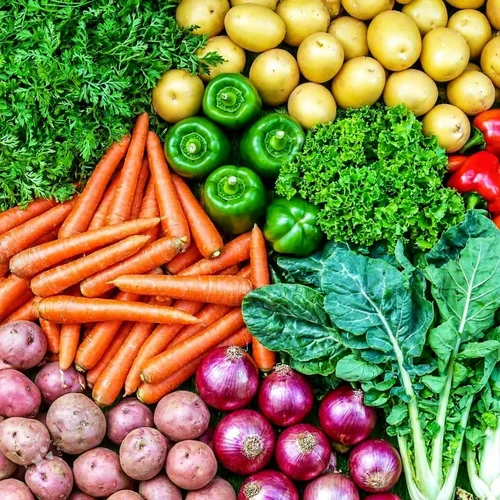
Why They Keep Producing
Leafy greens are the ultimate “cut-and-come-again” vegetables. Instead of harvesting the entire plant, you simply pick the outer leaves, leaving the inner ones to continue growing. This way, the plant keeps producing new leaves for weeks or even months.
Growing Tips
- Varieties to choose: Loose-leaf lettuce (e.g., ‘Red Sails’), spinach (‘Bloomsdale’), kale (‘Lacinato’ or ‘Curly’), and Swiss chard (‘Bright Lights’).
- Light: Most leafy greens prefer full sun to partial shade. In hotter climates, afternoon shade can help prevent bolting (premature flowering).
- Soil: Use rich, well-draining soil amended with compost. Maintain moisture but avoid waterlogging.
- Water: Keep the soil consistently moist to avoid bitterness and tough leaves.
- Harvesting: Begin harvesting when leaves reach about 4-6 inches. Always harvest the outer leaves first, leaving the center intact to continue growing.
Bonus Tips
- Succession planting every 2-3 weeks extends your harvest window.
- Mulch to retain soil moisture and reduce weeds.
2. Cucumbers
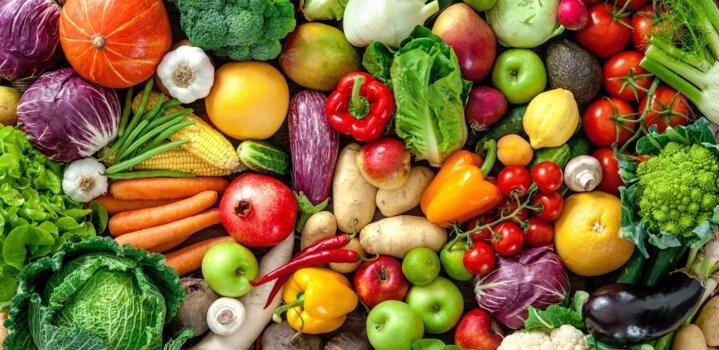
Why They Keep Producing
Cucumbers are prolific producers, especially when regularly harvested. Each plant can produce dozens of fruits over the season, particularly if supported vertically to save space and improve airflow.
Growing Tips
- Varieties to try: Bush types like ‘Bush Champion’ are great for limited spaces, while vining types such as ‘Marketmore’ excel on trellises.
- Sunlight: Full sun, at least 6-8 hours per day.
- Soil: Well-drained, rich in organic matter.
- Support: Use a trellis or cage to keep fruit clean and to encourage better air circulation.
- Water: Deep and consistent watering is essential to prevent bitterness and promote steady growth.
- Harvesting: Pick cucumbers while young and firm (typically 6-8 inches) to encourage continuous fruiting.
Bonus Tips
- Remove older, overgrown fruits to encourage more production.
- Keep an eye out for pests like cucumber beetles and powdery mildew.
3. Green Beans (Bush and Pole Varieties)
Why They Keep Producing
Green beans, particularly pole beans, can produce pods continuously over a long season when harvested regularly. Bush beans have a shorter production window but are fast-growing and high-yielding in compact spaces.
Growing Tips
- Varieties: ‘Provider’ and ‘Blue Lake’ for bush beans; ‘Kentucky Wonder’ and ‘Scarlet Runner’ for pole beans.
- Sunlight: Full sun, ideally 6-8 hours daily.
- Soil: Loose, well-draining soil enriched with compost.
- Support: Provide stakes, trellises, or poles for pole beans.
- Water: Regular deep watering encourages pod formation.
- Harvesting: Pick pods when they’re firm and about 4-6 inches long, before seeds bulge.
Bonus Tips
- Harvest every other day for maximum production.
- Beans fix nitrogen in the soil, benefiting future crops.
4. Cherry and Grape Tomatoes
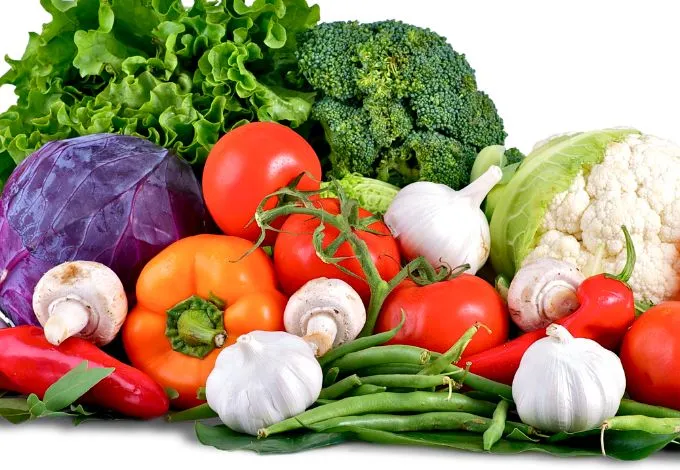
Why They Keep Producing
Indeterminate tomato varieties, especially cherry and grape types, grow and produce fruit continuously until frost or disease ends the season. They often yield hundreds of small fruits, perfect for salads, snacking, and cooking.
Growing Tips
- Varieties: ‘Sweet 100,’ ‘Sungold,’ ‘Juliet,’ and ‘Yellow Pear.’
- Sunlight: Full sun, 6-8+ hours per day.
- Soil: Well-draining, nutrient-rich soil with added compost.
- Support: Use sturdy cages or stakes to support heavy vines.
- Water: Deep watering at the base; avoid wetting foliage to reduce disease risk.
- Harvesting: Pick fruits when fully colored and slightly soft. Frequent harvesting encourages more fruiting.
Bonus Tips
- Prune suckers to redirect energy to fruit production.
- Rotate tomatoes yearly to prevent soil diseases.
5. Eggplants
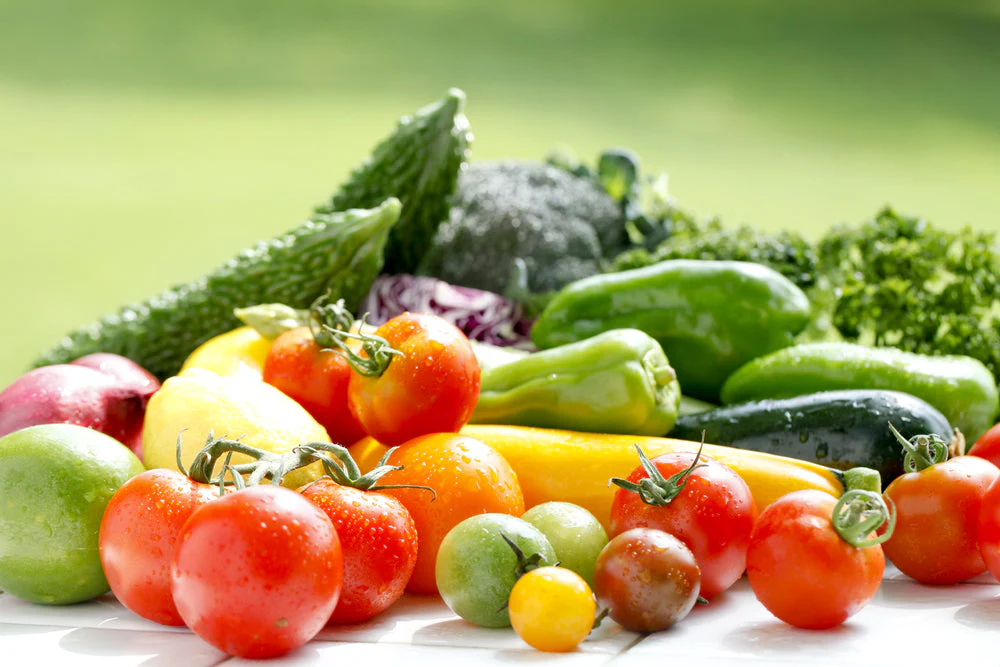
Why They Keep Producing
Eggplants thrive in warm conditions and keep producing fruit throughout the season if regularly harvested and cared for properly.
Growing Tips
- Varieties: ‘Black Beauty,’ ‘Fairy Tale,’ ‘Ichiban’ (Asian eggplant).
- Sunlight: Full sun, preferably 8+ hours.
- Soil: Warm, fertile, and well-draining soil with ample organic matter.
- Water: Deep and consistent watering.
- Spacing: 18-24 inches apart.
- Harvesting: Pick fruits when glossy and firm; avoid letting them become overripe.
Bonus Tips
- Prune lower leaves and suckers to improve airflow.
- Support heavy fruit-laden branches with stakes or cages.
6. Peppers (Bell and Hot Varieties)
Why They Keep Producing
Peppers keep flowering and setting fruit all season long, especially when they get plenty of warmth, sunlight, and nutrients.
Growing Tips
- Varieties: Bell peppers (‘California Wonder’), jalapeños, cayenne, and other chili varieties.
- Sunlight: Full sun (6-8 hours).
- Soil: Well-draining soil rich in organic matter.
- Water: Regular watering to keep soil moist but not soggy.
- Spacing: 18-24 inches apart.
- Harvesting: Pick peppers when they reach desired size and color; harvesting early encourages more fruit set.
Bonus Tips
- Use mulch to keep roots cool.
- Side-dress with compost or fertilizer during growing season.
How to Ensure Continuous Production
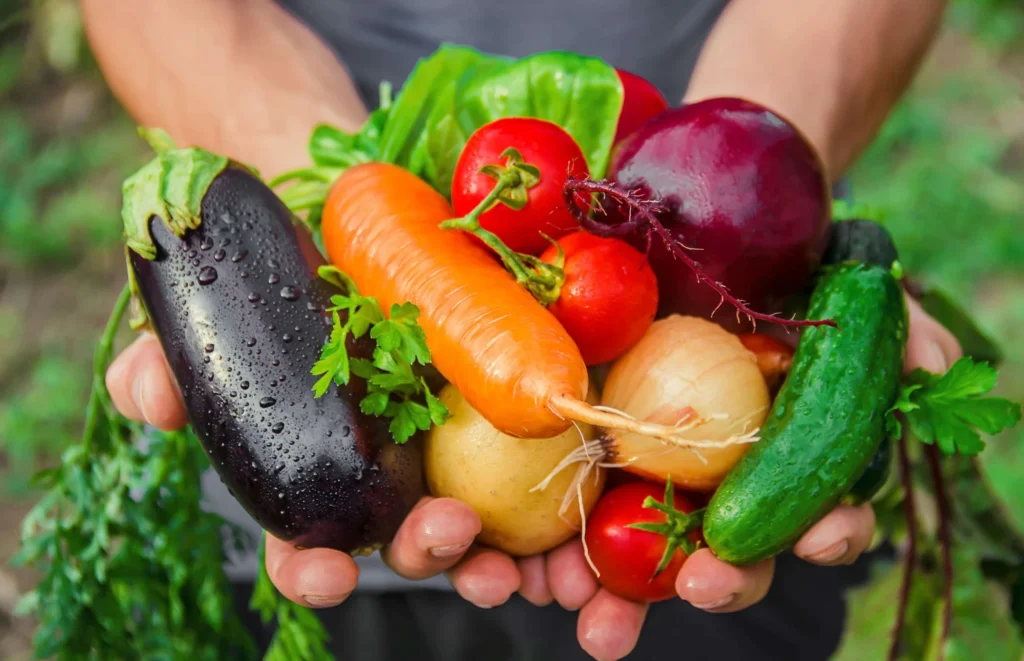
Maximizing yields from these vegetables requires some consistent care and smart gardening techniques:
1. Harvest Frequently
Plants respond to regular harvesting by producing more. Leaving mature fruits or leaves on the plant signals it to slow production.
2. Feed Your Plants
Use organic fertilizers or compost teas regularly to replenish nutrients. Container plants especially need frequent feeding.
3. Mulch Your Beds
Mulching helps retain soil moisture, regulate temperature, and reduce weed competition.
4. Monitor for Pests and Diseases
Keep plants healthy by regularly inspecting for pests or fungal issues. Use natural remedies like neem oil or insecticidal soap when necessary.
5. Provide Support
Many prolific producers like tomatoes, beans, and cucumbers benefit from staking, cages, or trellises to maximize airflow and reduce stress.
6. Rotate Crops
Avoid planting the same vegetable or related species in the same spot year after year to reduce disease and soil nutrient depletion.
Final Thoughts
Growing vegetables that keep producing all season is a game-changer for any gardener. Whether you have a sprawling backyard or a small balcony garden, these six vegetables can provide fresh, nutritious food throughout the growing months.
From leafy greens you harvest leaf by leaf, to prolific fruiting tomatoes and peppers, these crops offer a continuous bounty with relatively little effort beyond consistent care.
Start with these vegetables, apply the care tips, and watch your garden become a never-ending source of fresh flavors and healthy meals!
